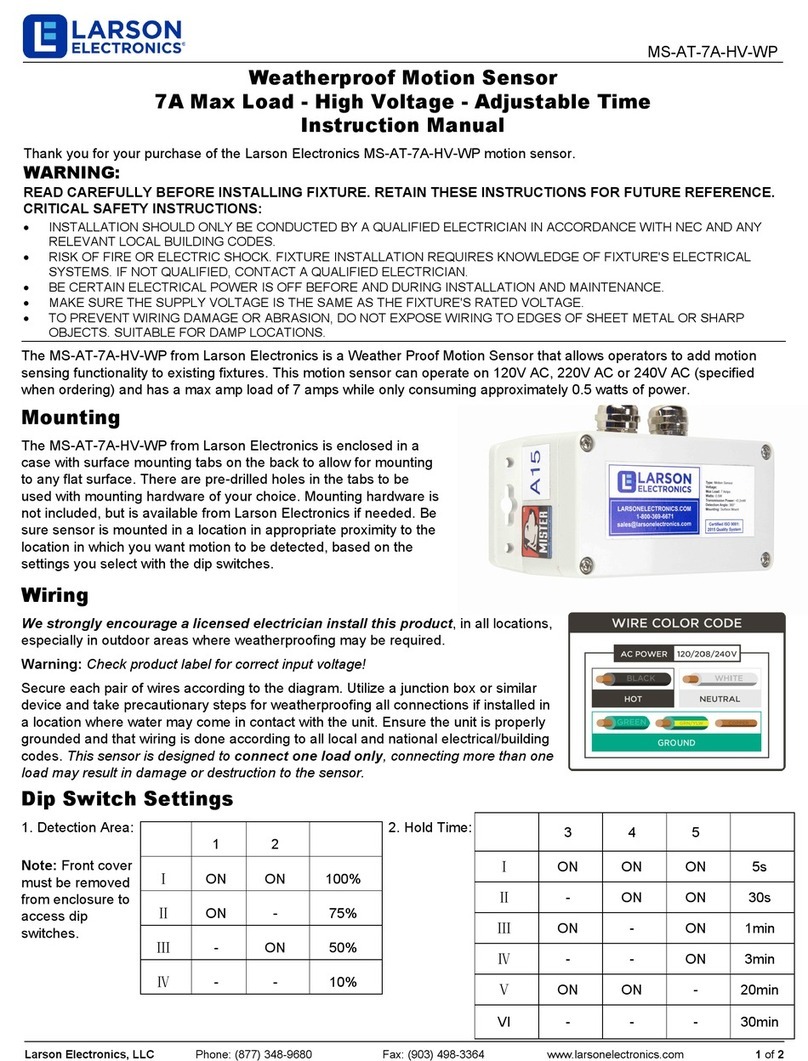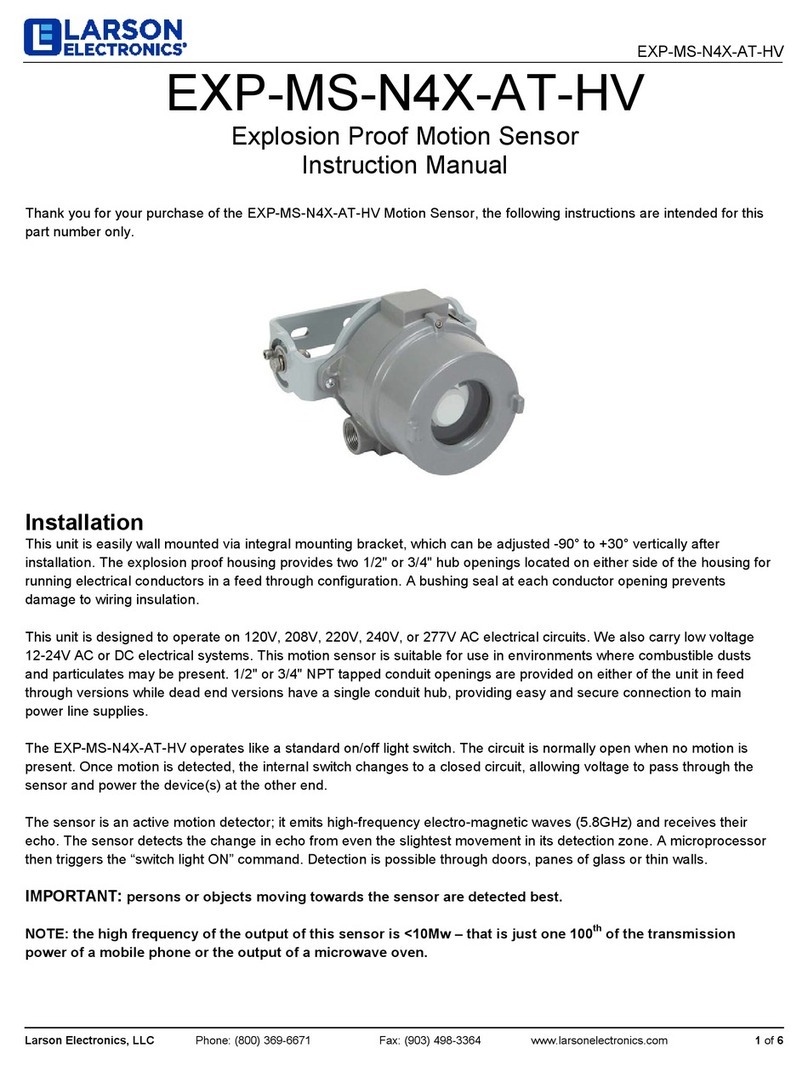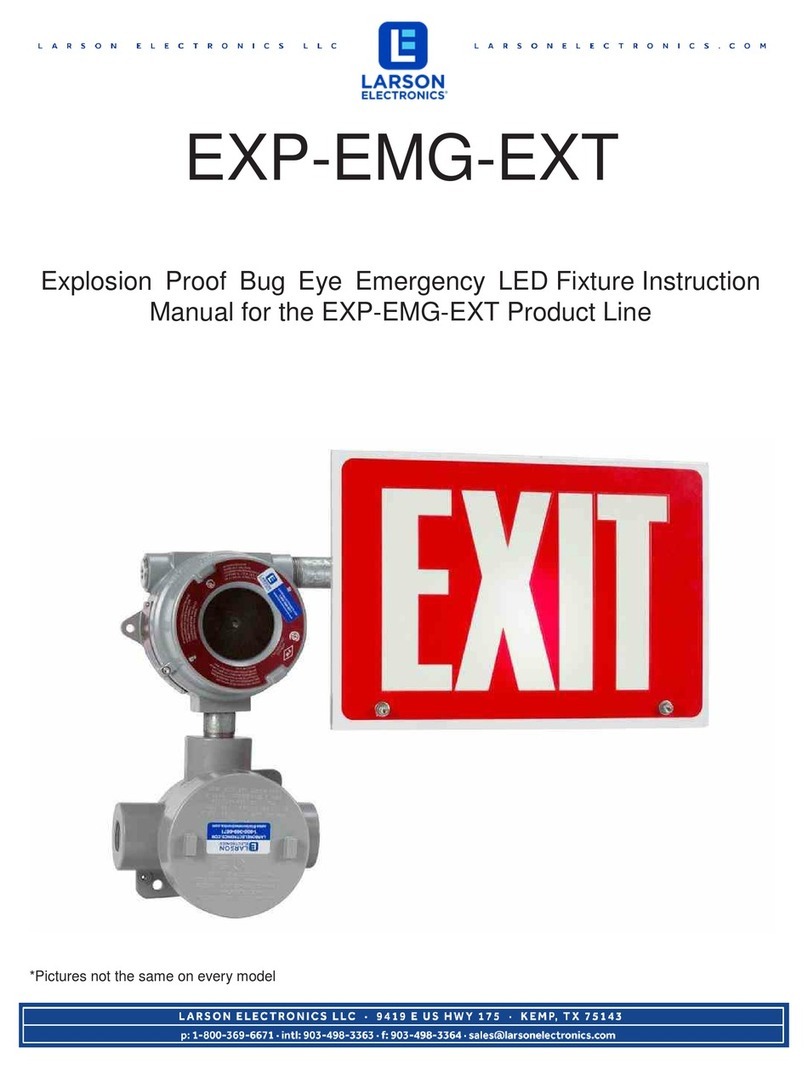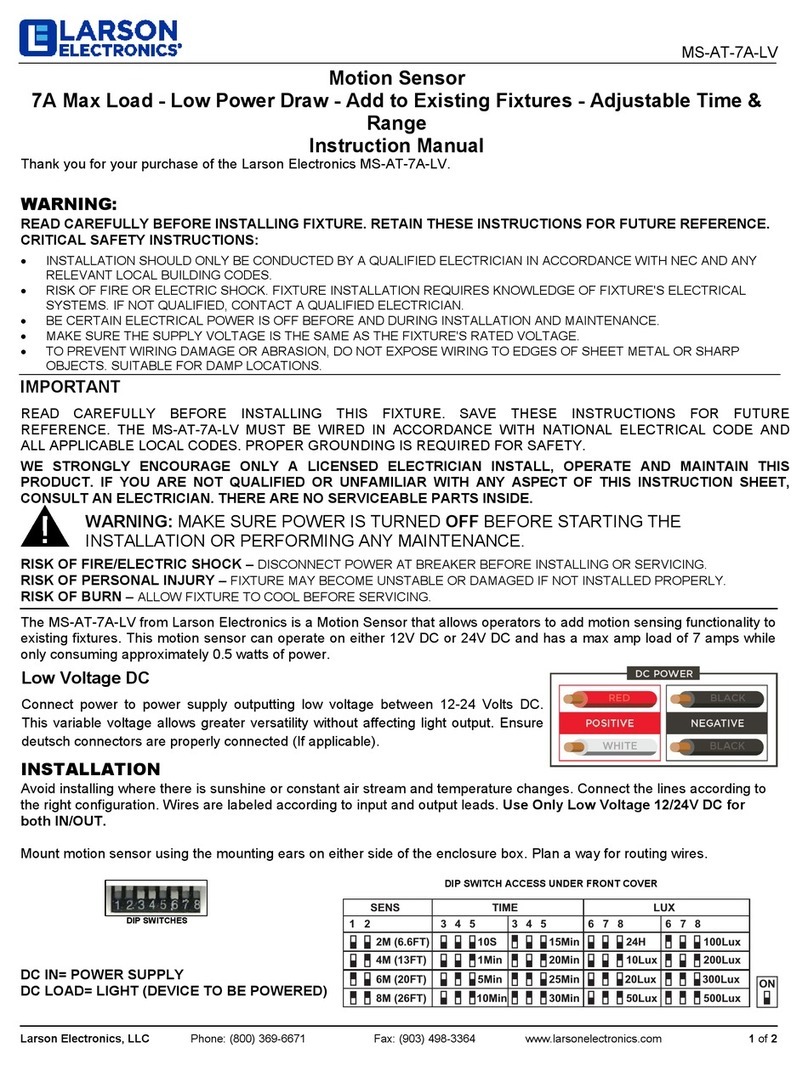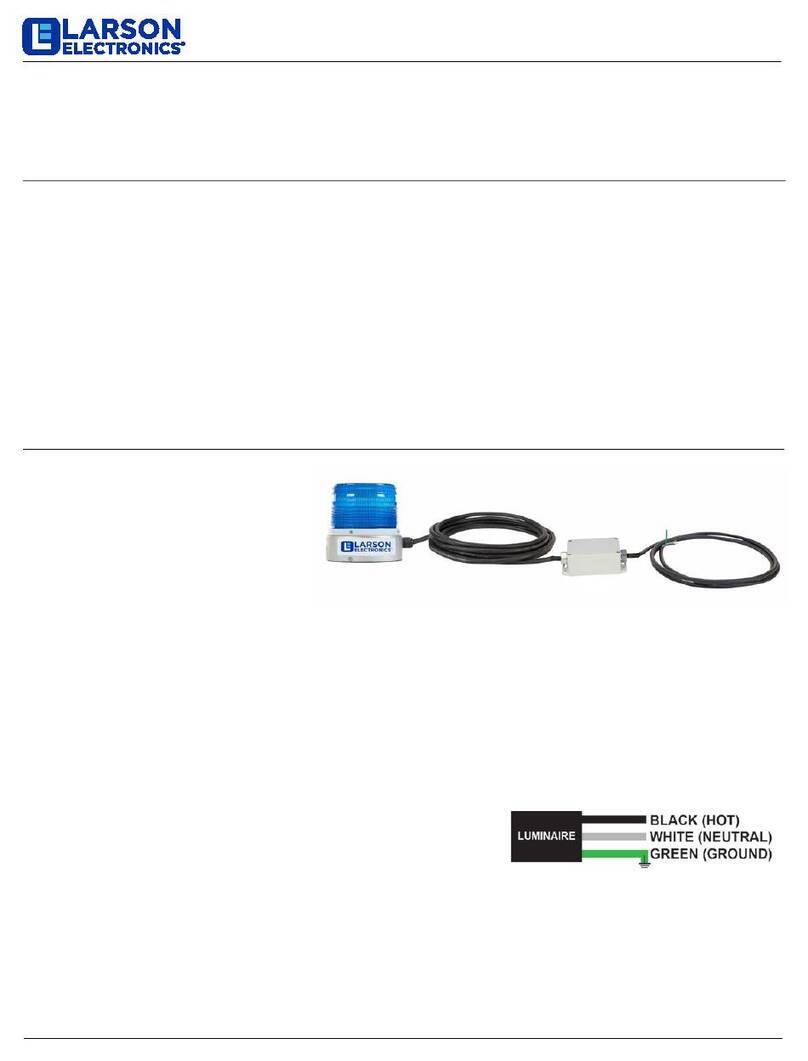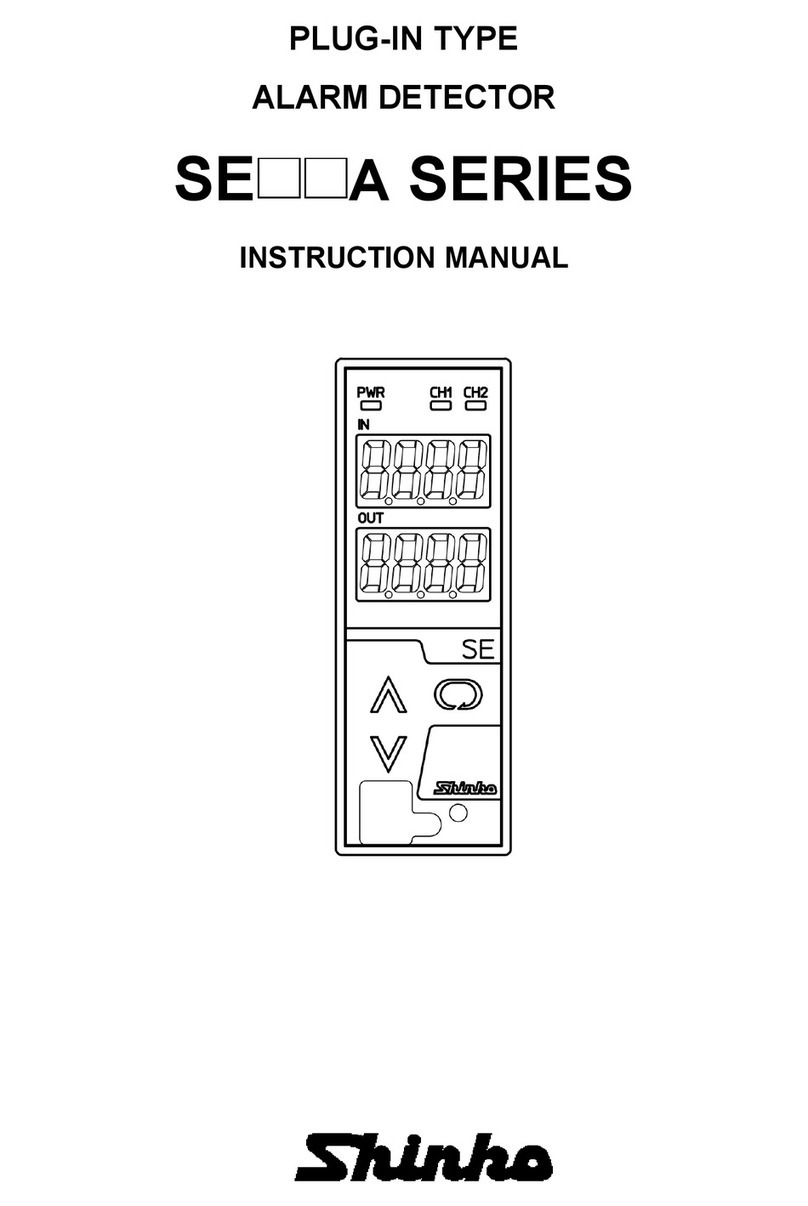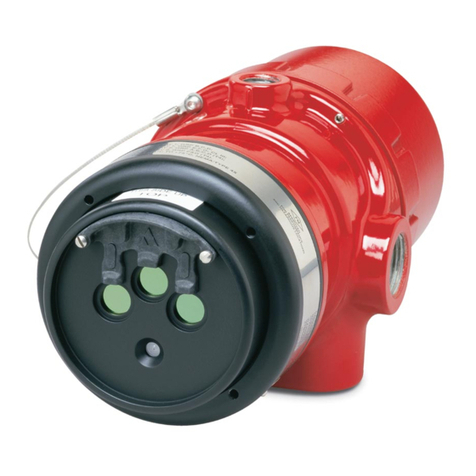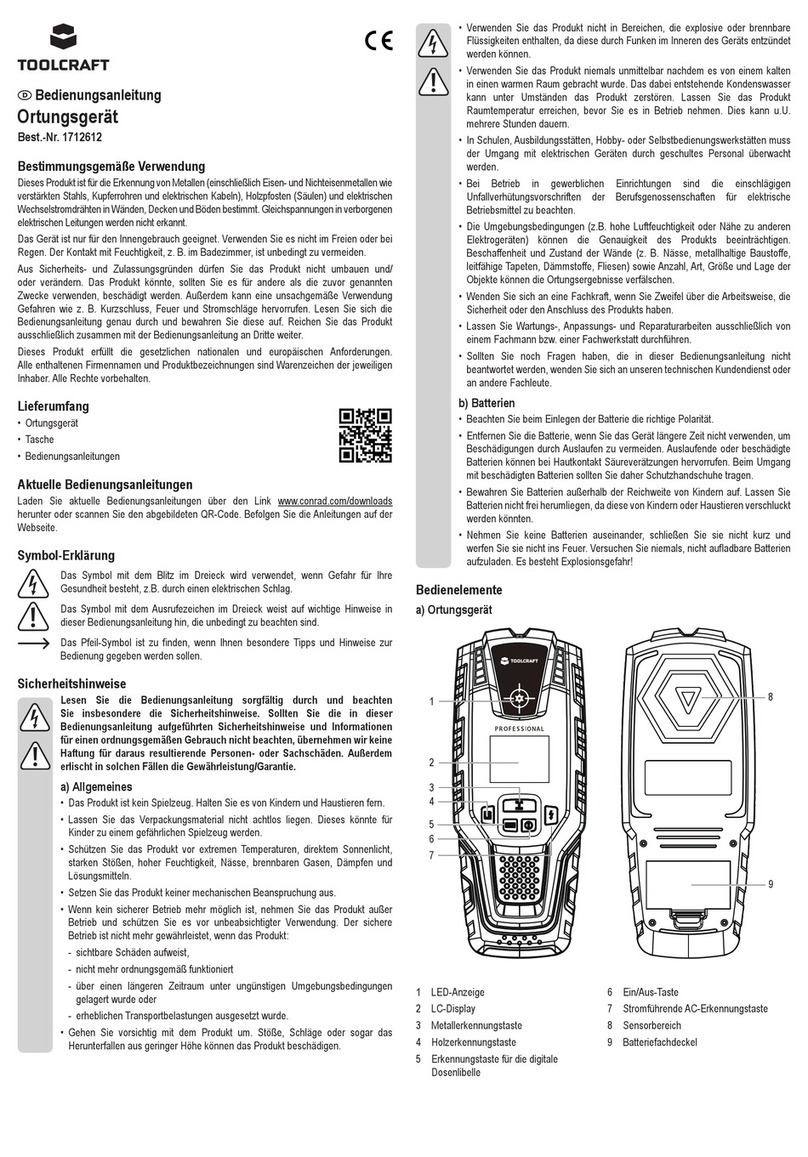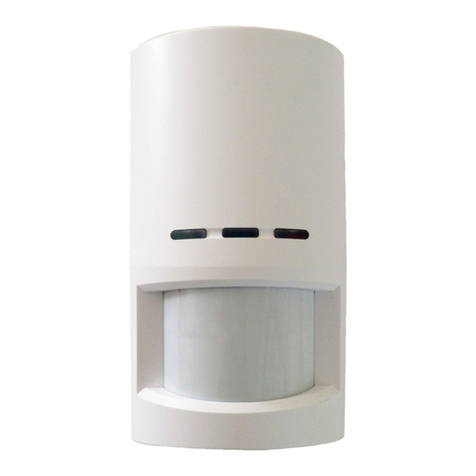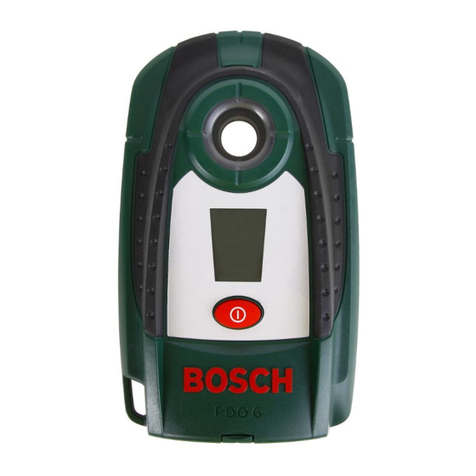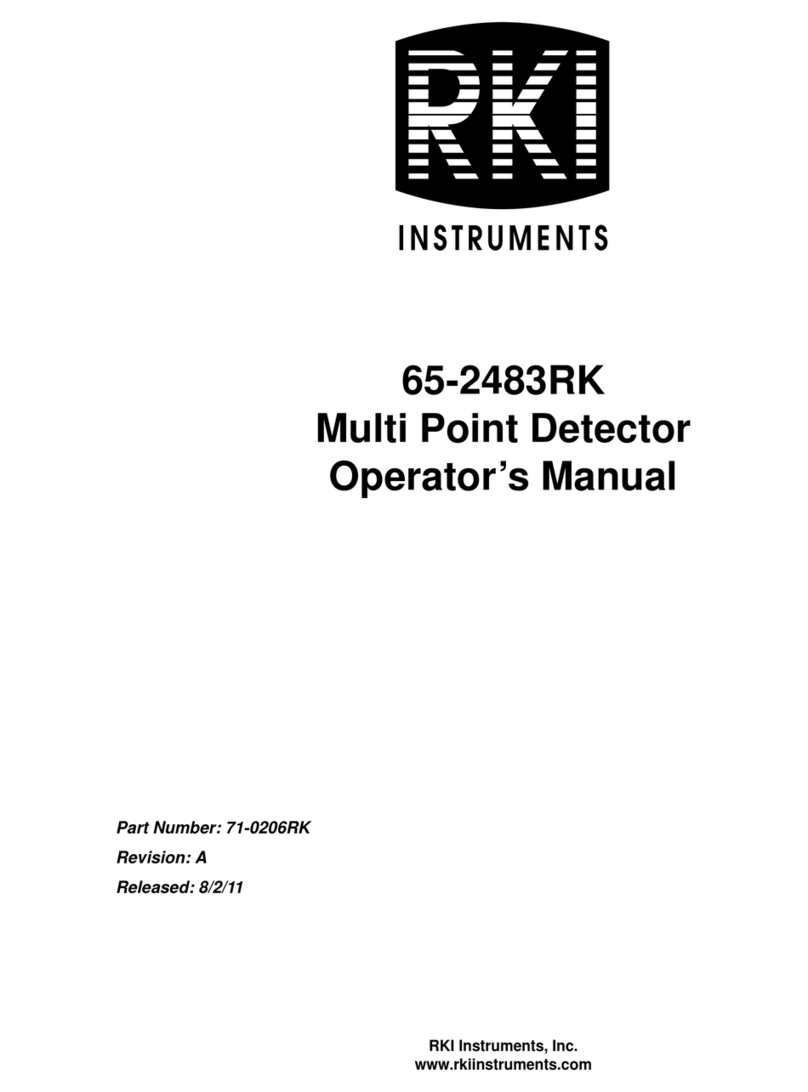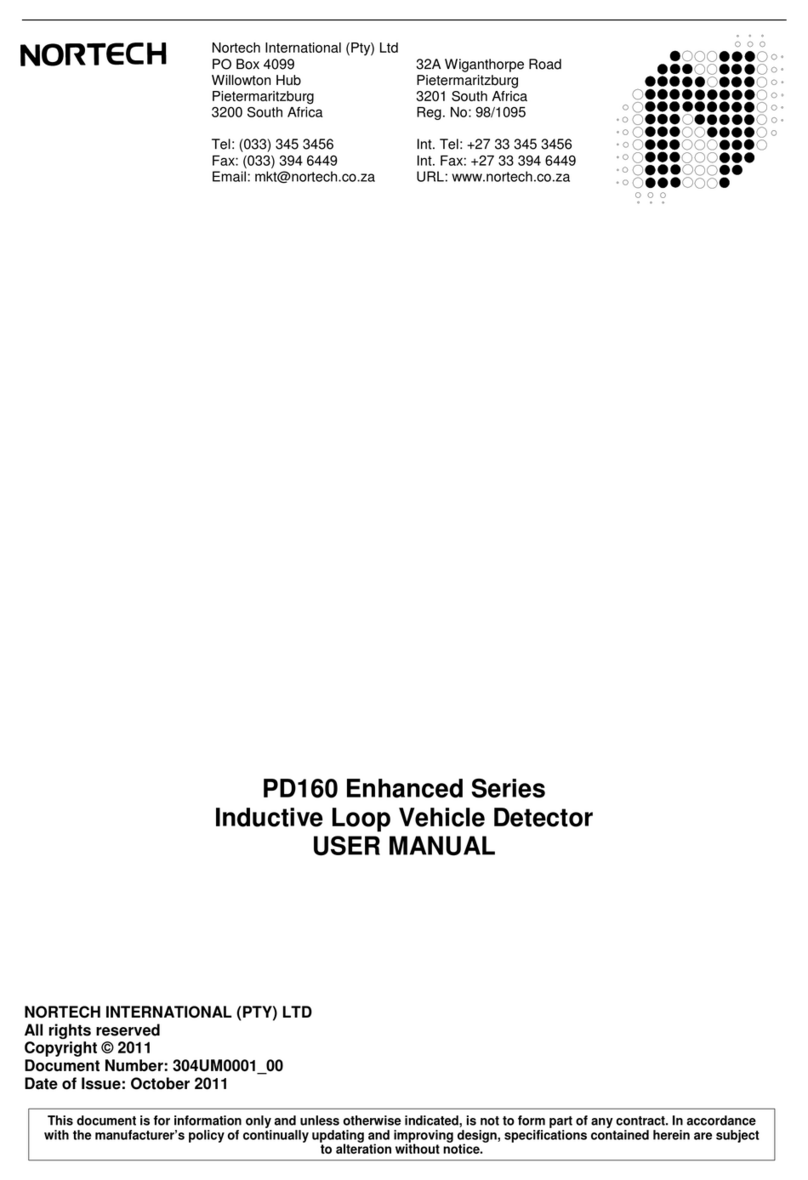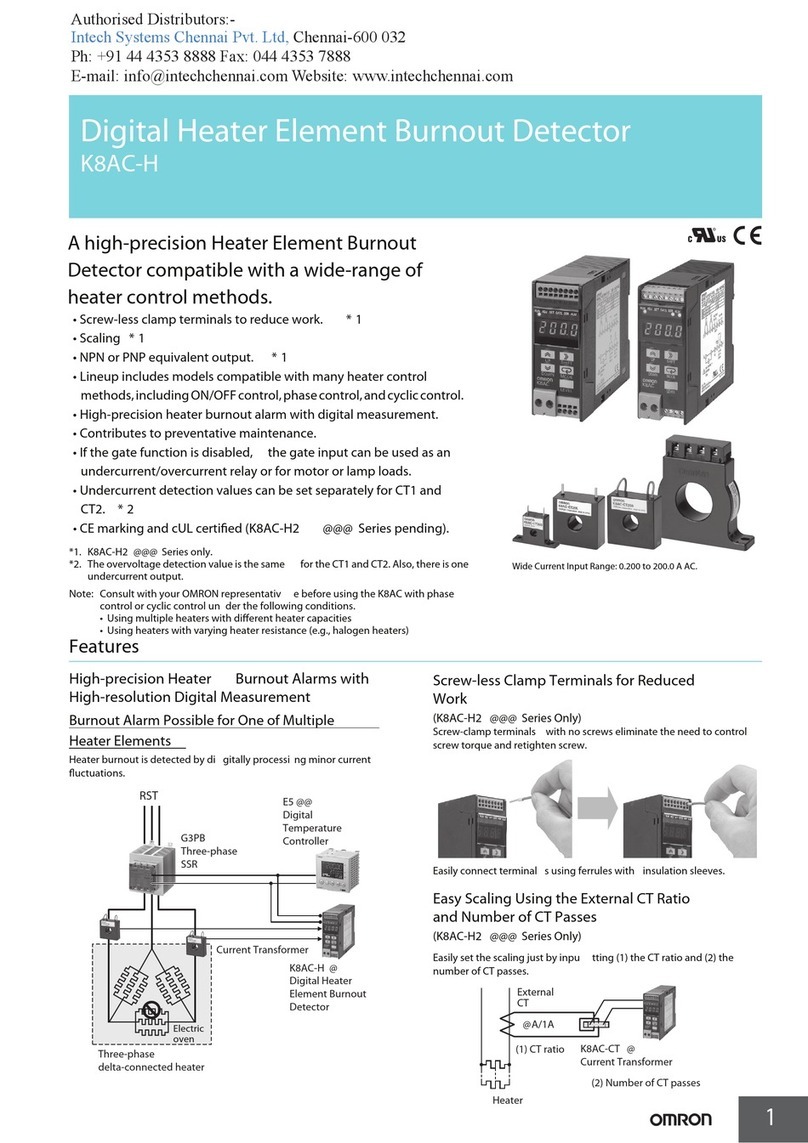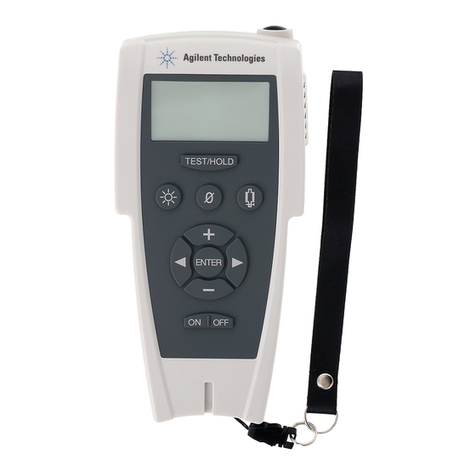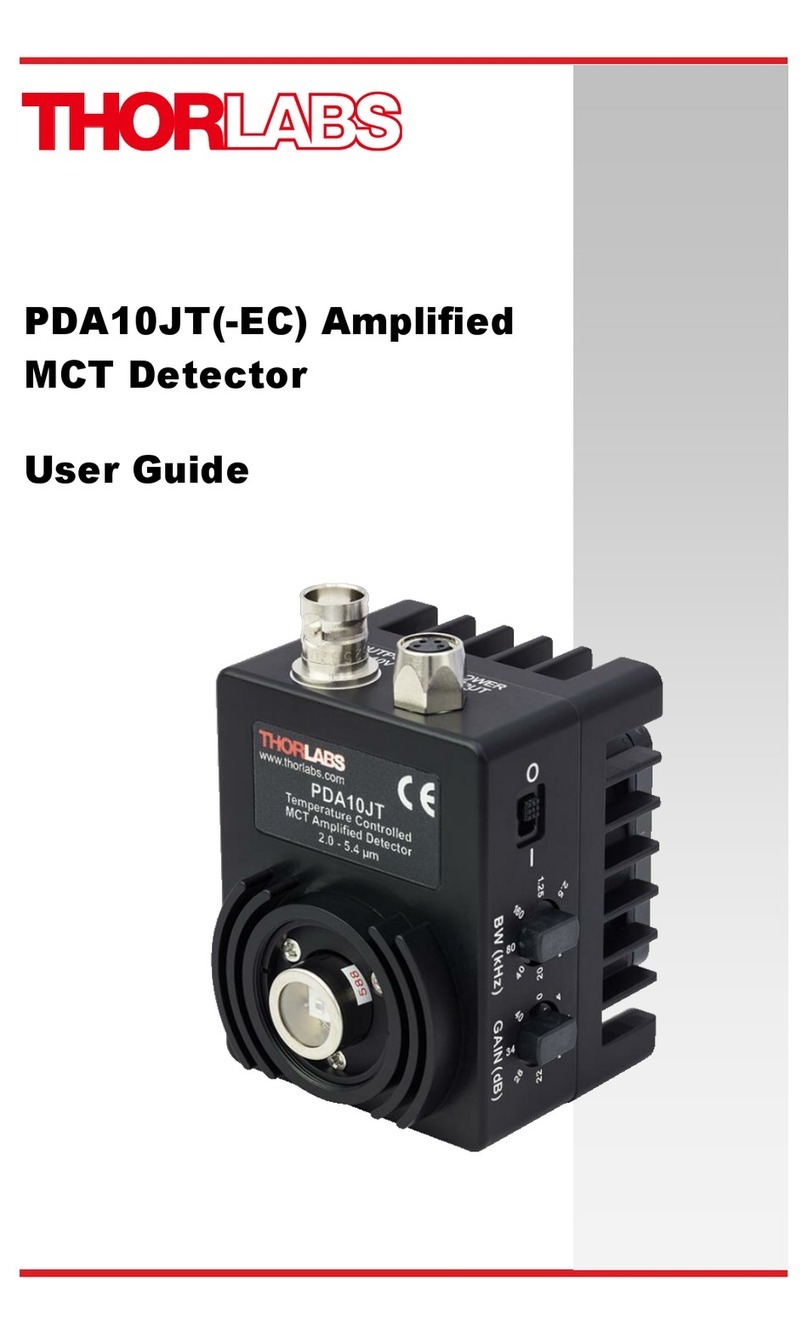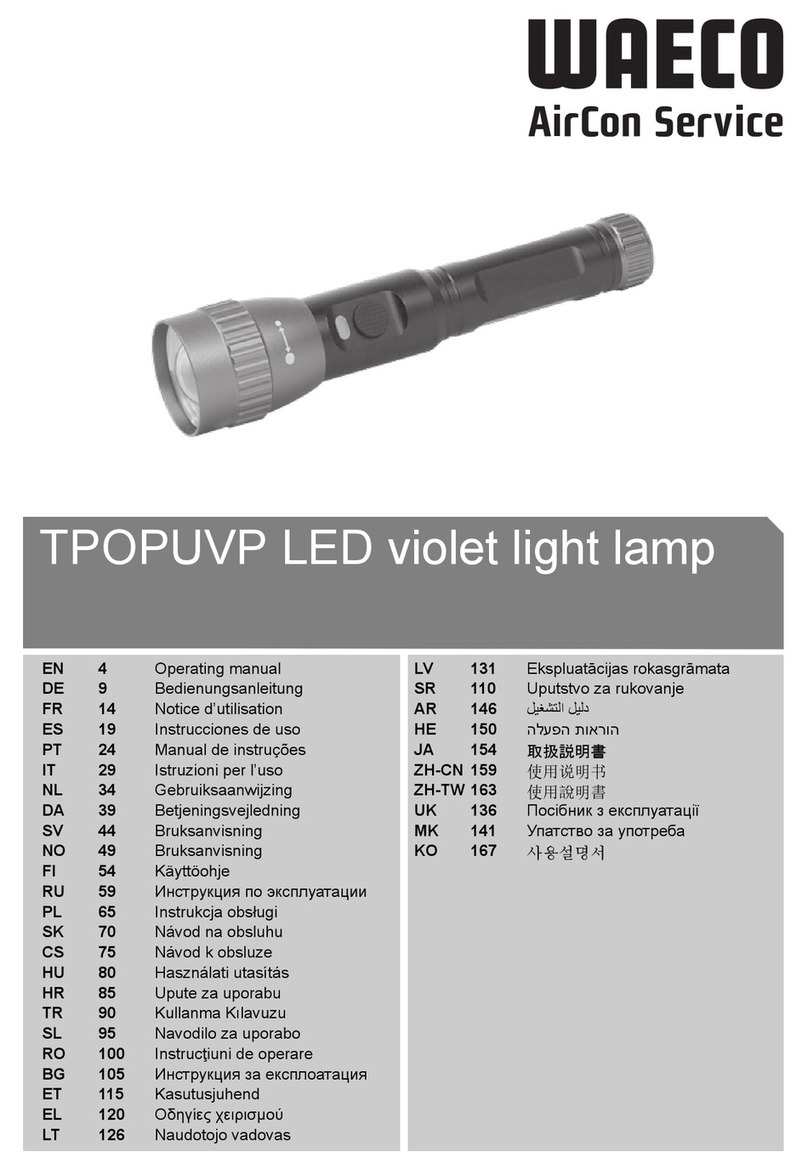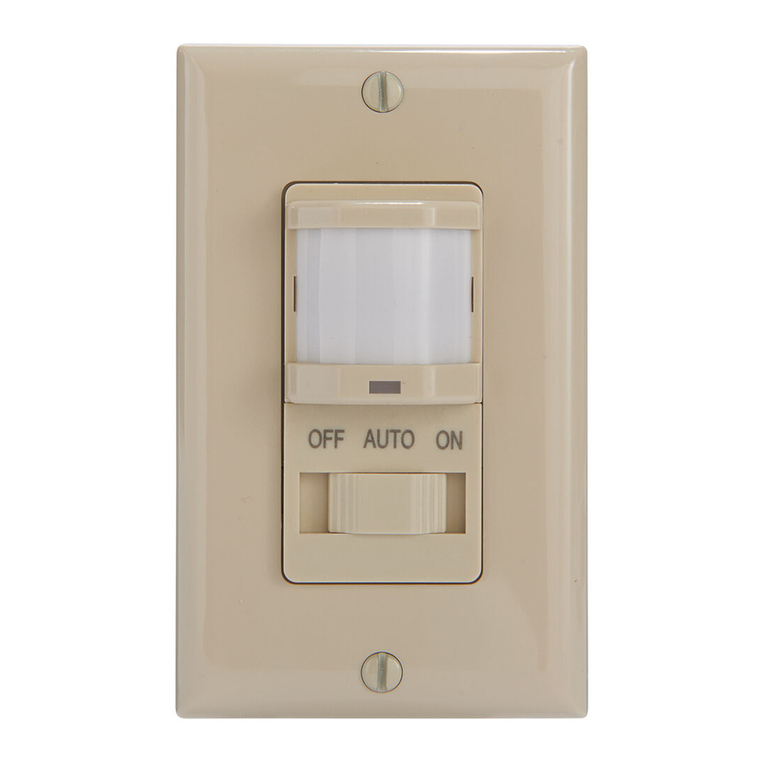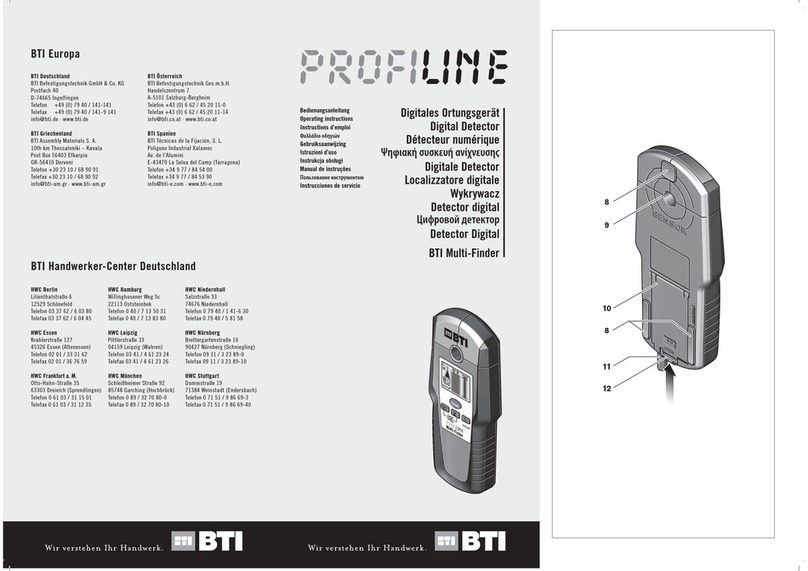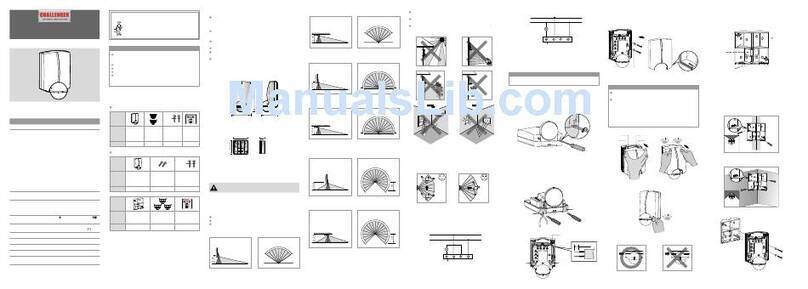
EXP-SD-SFC-120V-V1
Larson Electronics, LLC Phone: (800) 369-6671 Fax: (903) 498-3364 www.larsonelectronics.com 4of 9
MANUAL SELF-TEST
The Manual Self-Test function will immediately check the smoke chamber optics for
9egradation. Once i(litiated, there will be a one second delay before the result of the
check is active. If tneJe is a failure, the LED will shut off immediately after the one
second test and a critical fault will occur. If the test passes, an alarm will be annunciated
while the LED remains active.
For a latching detector, the alarm will continue until power is cycled to the unit. If the
test passes, but there is degradation present and approaching critical levels, an advisory
fault will occur. For a non-latching detector the alarm will clear after 10 seconds.
Magnetic Switch
The magnetic switch i
�
used to initiate lhe Manual Self-Test (see Figure 3). Apply the
magnet to the exterior housing and the LED will light to indicate that the magnet is
detected. The LED will remain lit for at least one second during the test. After the initial
delay, the test status will be indicated as described in the "Manual Self-Test" section.
INSTALLATION
WARNING
All entries must contain appropriately rated plugs or fittings. It is required that each plug or fitting be wrench-
tightened to an appropriate installation torque and meet the minimum thread engagement requirements per the
applicable local standards, codes, and practices in order to retain the defined ratings. PTFE sealant or equivalent
should be used on NPT threads.
NOTE :
Detector housings must be electrically connected to earth ground. Internal' ·
�
and external earth ground
terminals are provided. For AEx (United States Zone) installations the internal ground terminal shall be used for
the equipment grounding connection. The external terminal can be used for supplementary bonding where local
codes permit or require.
NOTE :
The EXP-SD-SFC-120V-V1 detector uses an internal Intrinsically Safe (I.S.) Barrier. Proper NEC
I.S. grounding must be ensured.
GREASE/LUBRICATION
To ease installation and future removal, all threaded covers, stopping plugs, and thread adapters must be installed using
thread lubricant. The recommended lubricant is a silicone-free grease, available from Det-Tronics.
For devices with NPT threads, Teflon tape or thread seal lubricant must be used for enhanced sealing capa_bilities.
IDENTIFICATION OF DETECTOR MOUNTING LOCATIONS
The most effective number and placement of detectors varies depending on the conditions on site. The individual designing the
installation must often rely on, experience and sound judgment to determine the detector quantity and best locations to
adequately protect the area. Note that it is typically advantageous to locate detectors where they are accessible for maintenance.
For additional information on detector location and spacing, visit the National Fire Protection Association's website
(www.nfpa.org) for the NFPA Number 72, the Standard on Automatic Fire Detectors.
PROTECTION AGAINST MOISTURE DAMAGE
It is important to take proper precautions during installation to ensure that moisture will not come in contact with the electrical
connections of the system. The integrity of the system regarding moisture protection must be maintained for proper operation
and is the responsibility of the installer.
If conduit is used, the use of proper conduit installation techniques, breathers, glands, and seals is required to prevent waler
ingress and/or maintain the explosion-proof rating.
Conduit drains must be installed at water collection points to automatically drain accumulated moisture. Conduit
breathers should be installed at upper locations to provide ventilation and allow water vapor to escape. At least one breather
should be used with each drain.
Conduit raceways should be inclined so that water will flow to low points for drainage and will not collect inside enclosures or on
conduit seals. If this is not possible, install conduit drains above the seals to prevent the collection of water or install a drain loop below
the detector with a conduit drain at the lowest point of the loop.
